Oil and Gas Reserves System Surveys
Oil and Gas Reserves System Surveys
06 EIA-23S Form Instructions
Oil and Gas Reserves System Surveys
OMB: 1905-0057
ANNUAL SURVEY
OF
DOMESTIC OIL AND GAS RESERVES
FORM EIA-23S
Summary Survey Instructions
2006
U.S. Department of Energy
Energy Information Administration
Office of Oil and Gas
U.S. Department of Energy
Energy Information Administration
Office of Oil and Gas
ANNUAL SURVEY OF DOMESTIC OIL AND GAS RESERVES
FORM EIA-23S
CALENDAR YEAR 2006
Summary Survey Package
Table of Contents
Page
General Instructions 1
A. Purpose 1
B. Who
Must Submit Form EIA-23 1
C. When
and Where to Submit 1
D. Recordkeeping
Requirements 2
E. Sanctions 2
F. Confidentiality 2
G. Reporting Standards 2
1. Proved
Reserves 2
2. Calendar Year Production 3
3. Total
Operated Basis 3
4. States and Geographic
Subdivisions 3
5. Reporting Units 3
a. Crude
Oil 3
b. Natural Gas 3
c. Lease Condensate 3
d. Rounding 3
Specific
Instructions 5
H. Operator Identification and Detailed Report 5
1.
Cover Page - Operator Identification 5
2. Summary Report
(Pages 1 of 2 and 2 of 2) 5
Glossary 7
I. Definitions 7
J.
Maps of Selected State Subdivisions 10
For information, Assistance, or Additional Forms, Contact the
EIA-23 Coordinator at
1-800-879-1470
8:30 a.m. - 5:00 p.m. CST
FAX (202) 586-1076
|
U.S. DEPARTMENT OF ENERGYEnergy Information Administration Washington, DC 20585 |
Form Approved OMB Number: 1905-0057 Expiration Date: 12/31/06 |
ANNUAL SURVEY OF DOMESTIC OIL AND GAS RESERVES
FORM EIA-23S
CALENDAR YEAR 2006
GENERAL INSTRUCTIONS
A. PURPOSE
The Energy Information Administration (EIA) of the Department of Energy (DOE) seeks, with Form EIA-23, to gather and summarize credible and timely data regarding proved reserves and production of crude oil, natural gas, lease condensate and other related matters. The Government will use the resulting information to develop national and regional estimates of proved reserves of domestic crude oil, natural gas and natural gas liquids and to facilitate national energy policy decisions.
B. WHO MUST SUBMIT FORM EIA-23
Each operator of domestic oil and/or gas wells as of December 31, 2006 that has been selected must file Form EIA-23. The definition of an operator as used in these instructions and forms is as follows:
Operator: The person responsible for the management and day-to-day operation of one or more crude oil and/or natural gas wells on December 31, 2006. The operator is generally a working interest owner or a company under contract to the working interest owner(s). Wells included are those that have proved reserves of crude oil, natural gas and/or lease condensate in the reservoirs associated with them, whether or not they are producing. Wells abandoned during the year are also to be considered "operated" on December 31.
Note that as defined, day-to-day physical operation of a well or wells does not alone qualify a person as the operator. Physical operation may occasionally be divorced from operatorship, such as in the instance of manipulation of swing wells by a gas pipeline company representative or the manipulation and maintenance of wells located on an offshore platform by the platform manager. While the operator's own personnel usually perform such duties, the key factor is that the operator is the person who makes management decisions regarding the well(s) in question on behalf of the owner(s). For example, such decisions might include deciding the following:
what flow rates can be sustained without reservoir damage;
whether well(s) should be shut-in, worked over or abandoned;
whether additional or replacement wells should be drilled into a reservoir;
whether a waterflood program should be initiated; or
whether additional or different production equipment should be installed.
Filing requirements are based on operator category or size, which is determined by the total or gross (8/8ths) annual operated production rate. Production refers to the total calendar year production from all domestic oil and/or gas wells operated on December 31, 2006, including wells abandoned during the year.
Each operating affiliate of a parent company must file its own Form EIA-23. The parent company must file only if it is an operator itself. If no parent company exercises ultimate control over your company, please indicate that on the Cover Page.
If you have received the Summary Form, but your total gross operated production exceeds 400 thousand barrels (400 MBarrels) of crude oil or 2 billion cubic feet (2,000 MMCF or 2 BCF) of natural gas or you operate wells in the federal offshore or coalbed methane gas wells, contact the EIA-23 Coordinator to obtain the appropriate form and instructions.
If in a particular instance you are not certain whether you are the operator, contact the EIA-23 Coordinator for assistance in making this determination. If you are not the operator of oil and/or gas wells on December 31, 2006 (perhaps a former operator or solely a working or royalty interest owner), you should:
complete and sign the Cover Page and return it to DOE along with
a letter stating when operations ceased and what became of the wells you previously operated.
C. WHEN AND WHERE TO SUBMIT
The completed 2006 forms must be submitted on or before April 15, 2007.
Completed forms may be submitted by mail, fax or e-mail.
Mail completed forms to:
United States Department of Energy
Energy Information Administration
P O Box 8279
Silver Spring, MD 20907
Attention: Form EIA-23
Fax completed forms to: (202) 586-1076
E-mail completed forms to: [email protected]
To facilitate the processing of data, the use of EIA forms is requested (either hardcopies or Excel spreadsheets). Additional copies of the EIA-23 form and instructions are available in PDF or Excel Spreadsheet (XLS) format on the EIA Website at http://www.eia.doe.gov. (After logging on the EIA website, highlight the By Fuel category; select Petroleum or Natural Gas; then select Survey Forms on the sidebar at the left of the screen; then scroll to Reserves Survey Forms).
In addition, filing electronically, when possible (i.e., using e-mail or by fax), is encouraged. When using the Excel spreadsheet, saving the original form on your hard drive then using it to make additional copies is recommended. When entering responses on hard copies, type or print in black ink using all capital letters. Computer printouts on other than an exact duplicate of the forms provided are not acceptable.
For information concerning requests for extension of time to file or for exception from filing Form EIA-23, contact the EIA-23 Coordinator toll-free at 1-800-879-1470 from 8:30 a.m. to 5:00 p.m. CST.
D. RECORD KEEPING REQUIREMENTS
All records necessary to reconstruct the data on this form must be kept at the reporting site or on file and available for a period of three (3) years from the filing due date.
EIA will follow this survey with efforts to perform Quality Assurance on the data, assessing the accuracy of the resulting information. Respondents may encounter two principal Quality Assurance activities:
government personnel will make or supervise independent reserve estimates on a sample basis or
a sample of operators will be visited to review the data submitted.
EIA recognizes that the judgment of geologists and petroleum engineers is required in the reserve estimation process and that as a result, proved reserves are estimates rather than precise quantitative measurements.
E. SANCTIONS
The timely submission of Form EIA-23 by those required to report is mandatory under Section 13 (b) of the Energy Information Administration Act of 1974 (FEAA) (Public Law 93-275), as amended. Failure to respond may result in a civil penalty of not more than $2,750 a day for each violation or a fine of not more than $5,000 a day for each willful violation. The government may bring a civil action to prohibit reporting violations, which may result in a temporary restraining order or a preliminary or permanent injunction without bond. In such civil action, the court may also issue mandatory injunctions commanding any person to comply with these reporting requirements.
F. CONFIDENTIALITY
The calendar year production of crude oil and natural gas data reported on Form EIA-23 are not considered as confidential and may be publicly released in identifiable form. In addition to the use of the information by EIA for statistical purposes, the information may be used for any non-statistical purposes such as administrative, regulatory, law enforcement, or adjudicatory purposes.
All other information reported on Form EIA-23 will be kept confidential and not disclosed to the public to the extent that it satisfies the criteria for exemption under the Freedom of Information Act (FOIA), 5 U.S.C. §552, the DOE regulations, 10 C.F.R. §1004.11, implementing the FOIA, and the Trade Secrets Act, 18 U.S.C. §1905. The Energy Information Administration (EIA) will protect your information in accordance with its confidentiality and security policies and procedures.
The Federal Energy Administration Act requires the EIA to provide company-specific data to other Federal agencies when requested for official use. The information reported on this form may also be made available, upon request, to another component of the Department of Energy (DOE); to any Committee of Congress, the General Accountability Office, or other Federal agencies authorized by law to receive such information. A court of competent jurisdiction may obtain this information in response to an order. The information may be used for any non-statistical purposes such as administrative, regulatory, law enforcement, or adjudicatory purposes.
Disclosure limitation procedures are applied to the statistical data published from EIA-23 survey information to ensure that the risk of disclosure of identifiable information is very small.
Confidential information collected on Form EIA-23 will be provided to United States Department of Interior offices (the Mineral Management Service and the United States Geological Survey) for statistical purposes only, in conducting their resource estimation activities. In addition, company-specific data considered as critical infrastructure information may be provided to other Federal agencies for emergency planning and response.
G. REPORTING STANDARDS
Proved Reserves
Proved reserves of oil and gas as of December 31, 2006 are the estimated quantities of oil and/or gas, which geological and engineering data demonstrate with reasonable certainty to be recoverable in future years from known reservoirs under current economic and operating conditions.
Oil and gas reservoirs are considered "proved" if economic producibility is supported by actual production or conclusive formation tests (drill stem or wire line), or if economic producibility is supported by core analyses and/or electric or other log interpretations. The area of a reservoir considered "proved" includes:
that portion delineated by drilling and defined by gas-oil, gas-water and/or oil-water contacts, if any; and
the immediately adjoining portions not yet drilled, but which can be reasonably judged as economically productive on the basis of available geological and engineering data.
In the absence of information on fluid contacts, the lowest known structural occurrence of hydrocarbons controls the lower proved limit of the reservoir.
Reserves that can be produced economically through application of improved recovery techniques (such as fluid injection) are included in the "proved" classification when:
successfully tested by a pilot project, or
operation of an installed program in the reservoir provides support for the engineering analysis on which the project or program was based.
For natural gas reserves, wet after lease separation, an appropriate reduction in the reservoir gas volume shall be made to cover the removal of:
liquefiable portions of the gas in lease and/or field separation facilities, and
non-hydrocarbon gases where they occur in sufficient quantity to render the gas unmarketable.
Estimates of proved reserves do not include the following:
oil and/or gas, the recovery of which is subject to reasonable doubt because of uncertainty as to geology, reservoir characteristics or economic factors;
oil and/or gas that may occur in undrilled prospects;
oil that may be recovered from oil shales, coal, gilsonite and other such sources; and
volumes placed in underground storage.
It is not necessary that production, gathering or transportation facilities are installed or operative for a reservoir to be considered proved.
Calendar Year Production
Production data are required from all operators. If the actual 2006 production data are not available at the time Form EIA-23 is prepared, estimate production.
If any properties were acquired during the Calendar Year, production data from the acquired properties should be reported from the entire calendar year. If any properties were sold during the Calendar Year, production data should be reported as zero.
Total Operated Basis
All data (production and/or reserves) are to be reported on an 8/8ths or Total Operated Basis. When reporting on this basis, production and reserves data for any properties on which operations were acquired during the Calendar Year should be reported for the entire calendar year. If any properties were sold or transferred to a new operator during the Calendar Year, production and reserves data should be reported as zero.
EXAMPLES:
Of the total 8/8ths interest, respondent's share is 50 percent and the associated royalty share is 6.25 percent. Respondent operates property. Respondent reports 100 percent of proved reserves and production.
Of the total 8/8ths interest, respondents share is zero but it operates the property (i.e., a contract operator). Respondent reports 100 percent of proved reserves and production.
States and Geographic Subdivisions
The determination of which state or geographic subdivision within which to report proved reserves and production data is based on the location of the field(s) containing the oil and/or gas. If a field overlaps two or more states or subdivisions, the proved reserves data must be subdivided into the appropriate geographic components. Refer to the maps in the Glossary for the subdivision boundaries in the States of Alaska, California, Louisiana, New Mexico and Texas.
Offshore proved reserves data are required separately for the State and Federal domains. If an offshore field lies on or between disputed boundaries, include all data in the State offshore area.
Reporting Units
All volumes are to be reported in the appropriate reporting units as shown below.
Crude Oil
All crude oil volumes are to be reported in thousands of barrels (MBarrels) (42 U.S. gallons per barrel at atmospheric pressure corrected to 60° Fahrenheit) and excluding basic sediment and water.
Natural Gas
All natural gas volumes are to be reported in millions of cubic feet (MMCF) at 14.73 psia and 60° Fahrenheit, wet after lease separation.
It is recognized that the operator in many instances has no knowledge of the ultimate reduction of the gas stream produced from his properties, which may result from further downstream processing. The operator is requested to report volumes of natural gas, which remain after processing through lease and field separation facilities. Volumes of gas that are flared are also considered production.
The EIA obtains data from gas processing plants separately. Gas volumes reported on Form EIA-23 should not be corrected for liquids removed by these plants. If you do not know if a field facility through which your gas is processed is currently reporting data to the EIA or not, contact the EIA-23 Coordinator to obtain information on those plants which report.
Lease Condensate
All lease condensate volumes are to be reported in thousands of barrels (MBarrels) (42 U.S. gallons per barrel, at atmospheric pressure corrected to 60° Fahrenheit).
d. Rounding
When rounding liquid volumes, round 500 barrels and above up to "1" MBbls, and less than 500 barrels down to "0" MBbls. For gas volumes, round 500 MCF and above up to "1" MMCF, and less than 500 MCF down to "0" MMCF. Blank entries should not be completed with "0".
Volumes should be reported in whole numbers. Volumes containing decimals should be rounded to the nearest whole number.
SPECIFIC INSTRUCTIONS
OPERATOR IDENTIFICATION AND
DETAILED REPORT
This information is to be reported on the Cover Page submitted. You are required to enter those items that are incorrect or missing from the preprinted form.
COVER PAGE - Operator Identification
Part I. Identification
EIA Identification Number: This item is for DOE use only.
Company Name, Address, City, State, ZIP Code. Enter the legal name and address of the operator. Use standard State abbreviations found in the Glossary on page 17. If a foreign address, enter city, local equivalent of State name (e.g., province), and country on the second address line.
Item Instructions:
Item 1: Contact Information. Name, telephone number, fax number and e-mail address of the person most knowledgeable about the reported data. This person should be familiar with the data provided and will be the person to whom inquiries will be directed, if necessary.
Item 2: "Was your company an oil and gas field operator...?" Check the appropriate box and follow the instructions for completing the rest of the form.
Item 3: Company Status, Name, and/or Address Change or Correction. If there was a change to the company name or address or if the company was sold, merged with another company or the company went out of business, check the appropriate box and complete Item 4.
Item 4: Change Company Name, Address, and/or Contact Information. If any box in Item 3 was checked, enter the new or correct company name, address or contact person here.
Part II. Parent Company Identification
Item 5. Is there a parent company…?” Check the appropriate box. If Box 2 is checked, provide parent company information in Items 6 through 10.
Item 6. Company Name. Enter the legal name and address of the parent company, if any, which exercises ultimate control over the respondent.
Example: You are Company A, which takes direction from Company B, which in turn takes direction from Company C. Report Company C as the parent company, rather than Company B.
Items 7-10: Address, City, State, and Zip Code. Enter the address, City, State, and Zip Code of the parent company.
Part III. Approval
Items 11 thru 14: Approval - Enter the name and title of the individual designated by the respondent company to review and approve the accuracy of this submission and the date of the signing. This report should be reviewed and approved by a responsible officer or the office responsible for regulatory filings.
SUMMARY REPORT (Pages 1 of 2 and 2 of 2)
All proved reserves and production data on the Summary Report are to be reported on a Total Operated Basis (See Total Operated Basis in Section G.3 and I) for each area in which the respondent operated oil and/or gas wells on December 31, 2006, including abandonments during the year.
SECTION 1.0: Operator and Report Identification Data
The information in this section is to be reported on both pages 1 and 2 of the Summary Report.
Item 1.1: Operator ID Code - If the operator ID from the preprinted form on the Cover Page is incorrect, enter the correct 10-digit number.
Item 1.2: Operator Name - If the name of the operator from the preprinted form on the Cover Page is incorrect, enter the first 35 characters of the operator name. If the name exceeds 35 characters, do not abbreviate, but simply truncate the extra characters from the right.
Item 1.3: Original - Enter an `X' if this is the first submission of this schedule for the report year. Otherwise, leave blank.
Item 1.4: Amended - Enter an `X' if this schedule amends a previously submitted schedule. Otherwise, leave blank.
SECTION 2.0: Production and Reserves Data
Production data and/or estimates of proved reserves of crude oil, natural gas and lease condensate are required of each operator selected. This survey segregates selected operators into three categories, according to the annual production of hydrocarbons from wells which they operated on December 31, 2006. The three size categories are as follows:
Category I - Large Operators: Operators who produced 1.5 million barrels or more of crude oil or 15 billion cubic feet or more of natural gas or both.
Category II - Intermediate Operators: Operators who produced at least 400,000 barrels of crude oil or 2 billion cubic feet of natural gas or both but less than Category I operators.
Category III - Small Operators: Operators who produced less than the Category II operators.
Production refers to the total report year production from all domestic oil and/or gas wells you operated on December 31, 2006, including wells abandoned during the year.
Production data are required from all operators. Proved reserves estimates are required from Category III operators only if such data exist in company records. To the extent that Category III operators do not have proved reserves estimates associated with one or more specific properties, they must report separately the following:
production data from properties for which proved reserves have been estimated (Columns B, E and H), and
production data from properties for which proved reserves have not been estimated (Columns C, F and I).
Provide data in Columns A through I for each State or geographic subdivision in which you were an operator of oil and/or gas wells as of December 31, 2006. Proved reserves and production for 2006 are to be reported on a Total Operated Basis. (See Section G, Reporting Standards)
You are not required to complete entries with zeros for state or geographic subdivisions in which you do not operate wells. Leave these entries blank.
The determination of which State or geographic subdivision within which to report proved reserves and production data is based on the location of the field(s) containing the oil and/or gas. If a field overlaps two or more States or subdivisions, the proved reserves data must be subdivided into the appropriate geographic components. Refer to the maps in the Glossary for the subdivision boundaries in the States of Alaska, California, Louisiana, New Mexico and Texas.
Offshore proved reserves data are required separately for the State and Federal domains. If an offshore field lies on or between disputed boundaries, include all data in the State offshore area.
Specify the two-letter postal codes in the line, labeled "Other States" for all States in which you operate but which were not listed in the preceding lines. Enter the combined production and reserves for all specified "Other States" in Columns A through I.
REPORTING INSTRUCTIONS
December 31, 2006 Proved Reserves Information
Enter estimates of total proved reserves for operated properties if estimates are available. The estimates should be based on your most recent evaluations, adjusted for production through December 31, 2006, and for any other relevant factors. If reserves were depleted during 2006, enter zero. The resulting estimates for reserves should be consistent with the definitions of proved reserves. (See Section I, Definitions, page 7)
Column A: Crude Oil Reserves
Column D: Natural Gas Reserves
Column G: Lease Condensate Reserves
Note: If no proved reserves estimates are available, enter "NA" in Column(s) A, D and/or G. Then enter, in appropriate production columns C, F and/or I, the production for 2006 from operated properties for which proved reserves estimates are NOT available in existing company records and were therefore NOT reported in Columns A, D or G.
Annual 2006 Production Information
Production data are required from all operators. If the actual calendar year production data are not available at the time the Form EIA-23 is prepared, estimate production. Lease use, flared and vented gas are also considered production and should be included in the volumes reported.
Production from Properties for Which Reserves Were Estimated:
Enter the production for 2006 for those operated properties for which proved reserves data were reported in Columns A, D or G.
Column B: Crude Oil Production
Column E: Natural Gas Production
Column H: Lease Condensate Production
Production from Properties for Which Reserves Were NOT Estimated:
Enter the production for 2006 from operated properties for which proved reserves estimates are NOT available in existing company records and were therefore NOT reported in Columns A, D or G.
Column C: Crude Oil Production
Column F: Natural Gas Production
Column I: Lease Condensate Production
U.S. TOTALS
Sum the entries in each column and enter the total on the last line of page 2 - "TOTALS".
GLOSSARY
DEFINITIONS
The definitions contained herein have been formulated with reference to the particular purposes to be served by Form EIA-23. They are not necessarily synonymous with the same or similar terms as used in DOE regulations, and are not to be constructed as definitions applicable for any purposes other than the collection and reporting of data on Form EIA-23.
Crude Oil (excluding Lease Condensate): A mixture of hydrocarbons that exists primarily in the liquid phase in natural underground reservoirs and remains liquid at atmospheric pressure after passing through surface separating facilities. Such hydrocarbons as lease condensate and natural gasoline recovered as liquids from natural gas wells in lease or field separation facilities and later mixed into the crude stream are excluded. Depending upon the characteristics of the crude stream, it may also include:
small amounts of hydrocarbons that exist in gaseous phase in natural underground reservoirs but are liquid at atmospheric pressure after being recovered from oil well (casinghead) gas in lease separators and are subsequently commingled with the crude stream without being separately measured and/or
small amounts of non-hydrocarbons produced with the oil, such as sulfur and various metals.
When a State regulatory agency specifies a definition of crude oil, which differs from that set forth above, the State definition is followed.
Field: An area consisting of a single reservoir or multiple reservoirs all grouped on or related to the same individual geological structural feature and/or stratigraphic condition. There may be two or more reservoirs in a field, which are separated vertically by intervening impervious strata or laterally by local geologic barriers or by both.
Field Separation Facility: A surface installation designed to recover lease condensate from a produced natural gas stream usually originating from more than one lease and managed by the operator of one or more of these leases. (See Lease Condensate)
Gas Processing Plant: Facilities designed to recover natural gas liquids from a stream of natural gas that may or may not have passed through lease separators and/or field separation facilities. These facilities also control the quality of the natural gas stream to be marketed. Cycling plants are classified as natural gas processing plants.
Lease Condensate: A mixture consisting primarily of pentanes and heavier hydrocarbons which is recovered as a liquid from natural gas in lease or field separation facilities. This category excludes natural gas plant liquids, such as butane and propane, which are recovered at downstream natural gas processing plants or facilities. The output of natural gas processing plants is reported on Form EIA-64A, "Annual Report of the Origin of Natural Gas Liquids Production," and Form EIA-816, "Monthly Natural Gas Liquids Report."
Lease Separator: A facility installed at the surface for the purpose of separating gases from:
produced crude oil and water at the temperature and pressure conditions of the separator, and/or
that portion of the produced natural gas stream that liquefies at the temperature and pressure conditions of the separator.
Natural Gas: A gaseous mixture of hydrocarbon compounds, the primary one being methane. Note: The Energy Information Administration measures wet natural gas and its sources of production, associated/dissolved natural gas and non-associated natural gas, and dry natural gas, which is produced from wet natural gas. This EIA survey does not include landfill gas (biomass gas), synthetic natural gas, coke oven gas or manufactured gas.
Wet natural gas: A mixture of hydrocarbon compounds and small quantities of various non-hydrocarbons existing in the gaseous phase or in solution with crude oil in porous rock formations at reservoir conditions. The principal hydrocarbons normally contained in the mixture are methane, ethane, propane, butane and pentane. Typical non-hydrocarbon gases that may be present in reservoir natural gas are water vapor, carbon dioxide, hydrogen sulfide, nitrogen and trace amounts of helium. Under reservoir conditions, natural gas and its associated liquefiable portions occur either in a single gaseous phase in the reservoir or in solution with crude oil and are not distinguishable at the time as separate substances. Note: The Securities and Exchange Commission and The Financial Accounting Standards Board refer to this product as natural gas.
Associated-dissolved natural gas: Natural gas that occurs in crude oil reservoirs either as free gas (associated) or as gas in solution with crude oil (casinghead gas). See natural gas.
Non-associated natural gas: Natural gas that is not in contact with significant quantities of crude oil in the reservoir. See natural gas.
Dry natural gas: Natural gas that remains after:
the liquefiable hydrocarbon portion has been removed from the gas stream (i.e., gas after lease, field and/or plant separation); and
any volumes of non-hydrocarbon gases have been removed where they occur in sufficient quantity to reduce the gas quality below minimum pipeline specifications (rendering it unmarketable).
Note: Dry natural gas is also known as consumer-grade natural gas. The parameters for measurement are cubic feet at 60 degrees Fahrenheit and 14.73 pounds per square inch absolute (psia). See natural gas.
Operator: The person responsible for the management and day-to-day operation of one or more crude oil and/or natural gas wells as of December 31, 2006. The operator is generally a working interest owner or a company under contract to the working interest owner(s). Wells included are those which have proved reserves of crude oil, natural gas and/or lease condensate in the reservoirs associated with them, whether or not they are producing. Wells abandoned during 2006 are also to be considered "operated" as of December 31, 2006. (See Person, Proved Reserves of Crude Oil, Proved Reserves of Natural Gas, Proved Reserves of Lease Condensate and Reservoir)
Parent Company: A firm that directly or indirectly controls another entity.
Person: An individual, a corporation, a partnership, an association, a joint-stock company, a business trust or an unincorporated organization.
Production, Crude Oil: The volumes of crude oil that was extracted from oil reservoirs during 2006. These volumes are determined through measurement of the volumes delivered from lease storage tanks or at the point of custody transfer with adjustment for:
net differences between opening and closing lease inventories, and
basic sediment and water.
Crude oil used on the lease is considered production.
Production, Lease Condensate: The volume of lease condensate produced during 2006. Lease condensate volumes include only those volumes recovered from lease or field separation facilities. (See Lease Condensate)
Production, Natural Gas: The volume of natural gas withdrawn from reservoirs during 2006 less:
the volume returned to such reservoirs in cycling, re-pressuring of oil reservoirs and conservation operations,
shrinkage resulting from the removal of lease condensate and
shrinkage resulting from the removal of non-hydrocarbon gases where they occur in sufficient quantity to render the gas unmarketable.
Volumes of gas withdrawn from gas storage reservoirs and native gas, which have been transferred to the storage category, are not considered production. Flared and vented gas is also considered production. (This definition differs from that of "Marketed Production" which excludes flared and vented gas.)
Proved Reserves of
Crude Oil: Proved reserves of crude oil as of December 31, 2006
are the estimated quantities of all liquids defined as crude oil,
which geological and engineering data demonstrate with reasonable
certainty to
be recoverable in future years from known
reservoirs under existing economic and operating conditions.
Reservoirs are considered proved if economic producibility is supported by actual production or conclusive formation test (drill stem or wire line), or if economic producibility is supported by core analyses and/or electric or other log interpretations. The area of an oil reservoir considered proved includes:
that portion delineated by drilling and defined by gas-oil and/or oil-water contacts, if any; and
immediately adjoining portions not yet drilled, but which can be reasonably judged as economically productive on the basis of available geological and engineering data.
In the absence of information on fluid contacts, the lowest known structural occurrence of hydrocarbons is considered to be the lower proved limit of the reservoir.
Volumes of crude oil placed in underground storage are not considered proved reserves.
Reserves of crude oil, which can be produced economically through application of improved recovery techniques (such as fluid injection), are included in the "proved" classification when:
successfully tested by a pilot project, or
operation of an installed program in the reservoir provides support for the engineering analysis on which the project or program was based.
Estimates of proved crude oil reserves do not include the following:
oil that may become available from known reservoirs but is reported separately as "indicated additional reserves";
natural gas liquids (including lease condensate);
oil, the recovery of which is subject to reasonable doubt because of uncertainty as to geology, reservoir characteristics or economic factors;
oil that may occur in undrilled prospects; and
oil that may be recovered from oil shales, coal, Gilsonite and other such sources.
It is not necessary that production, gathering or transportation facilities are installed or operative for a reservoir to be considered proved.
Proved Reserves of Lease Condensate: Proved reserves of lease condensate, as of December 31, 2006, are the volumes of lease condensate expected to be recovered in future years in conjunction with the production of proved reserves of natural gas as of December 31 of the calendar year, based on:
recovery efficiency of the lease and/or
field separation facilities installed as of December 31 of the calendar year.
(See Lease Condensate and Proved Reserves of Natural Gas)
Proved Reserves of Natural Gas: Proved reserves of natural gas as of December 31, 2006 are the estimated quantities that analysis of geologic and engineering data demonstrate with reasonable certainty to be recoverable in future years from known reservoirs under existing economic and operating conditions.
Reservoirs are considered proved if economic producibility is supported by:
actual production or conclusive formation test (drill stem or wire line) or
core analyses and/or electric or other log interpretations.
The area of a gas reservoir considered proved includes:
that portion delineated by drilling and defined by gas-oil and/or gas-water contacts, if any; and
immediately adjoining portions not yet drilled but which can be reasonably judged as economically productive on the basis of available geological and engineering data.
In the absence of information on fluid contacts, the lowest known structural occurrence of hydrocarbons is considered to be the lower proved limit of the reservoir.
Volumes of natural gas placed in underground storage are not considered proved reserves.
For natural gas reserves, wet after lease separation, an appropriate reduction in the reservoir gas volume must be made to cover the removal of:
liquefiable portions of the gas in lease and/or field separation facilities and
exclusion of non-hydrocarbon gases where they occur in sufficient quantity to render the gas unmarketable.
It is not necessary that production, gathering or transportation facilities are installed or operative for a reservoir to be considered proved. It is to be assumed that compression will be initiated if and when economically justified.
Reserves: (See Proved Reserves)
Reservoir: A porous and permeable underground formation containing an individual and separate natural accumulation of producible hydrocarbons (oil and/or gas) which is confined by impermeable rock or water barriers and is characterized by a single natural pressure system.
Subdivision: A prescribed portion of a given State or other geographical region defined in this publication for statistical reporting purposes.
Total Operated Basis: The total reserves or production associated with the wells operated by an individual operator. This is also commonly known as the "gross operated" or "8/8ths" basis.
J. MAPS OF SELECTED STATE SUBDIVISIONS
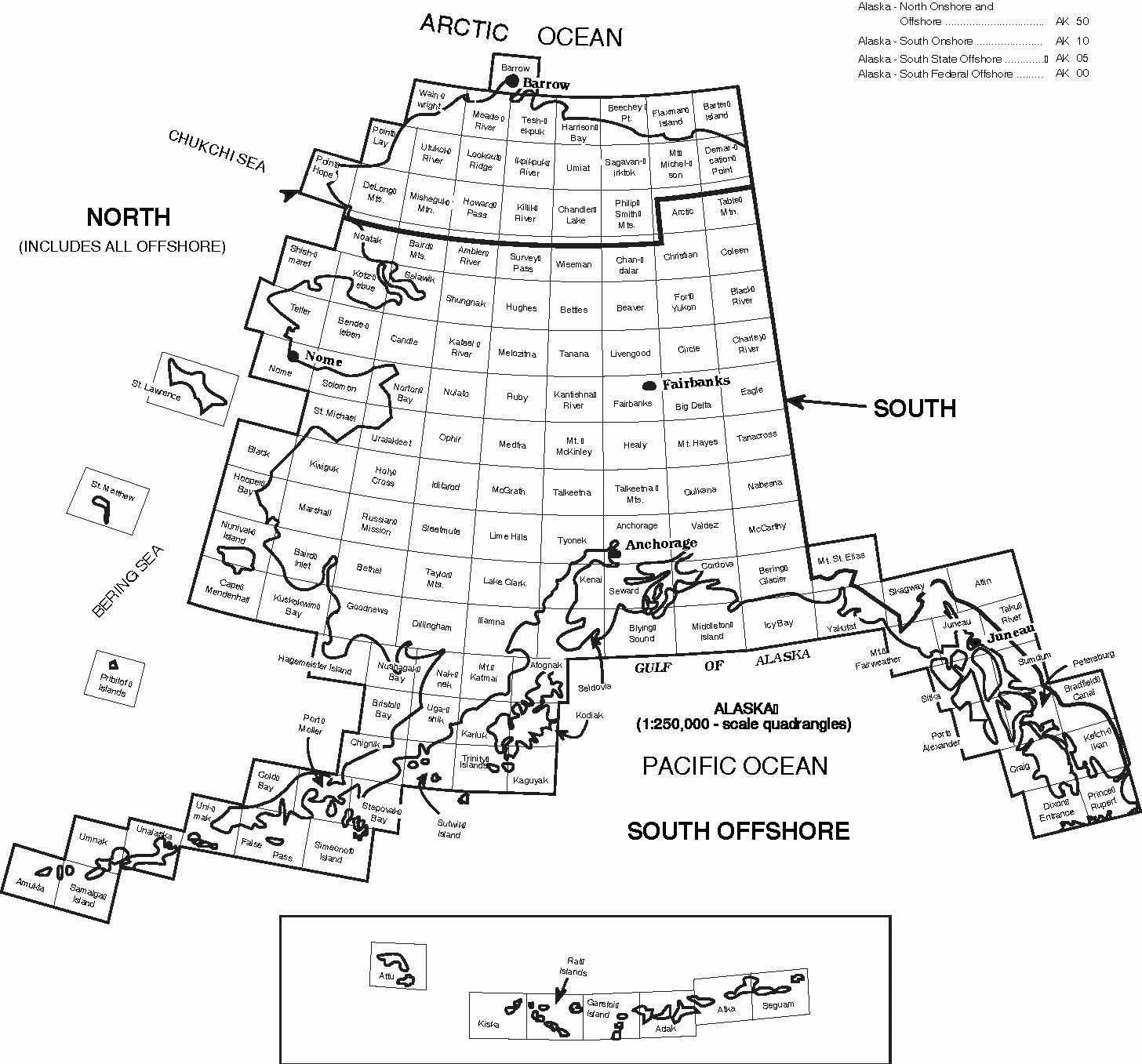
Alaska Subdivisions and U.S. Geological Survey Quadrangles
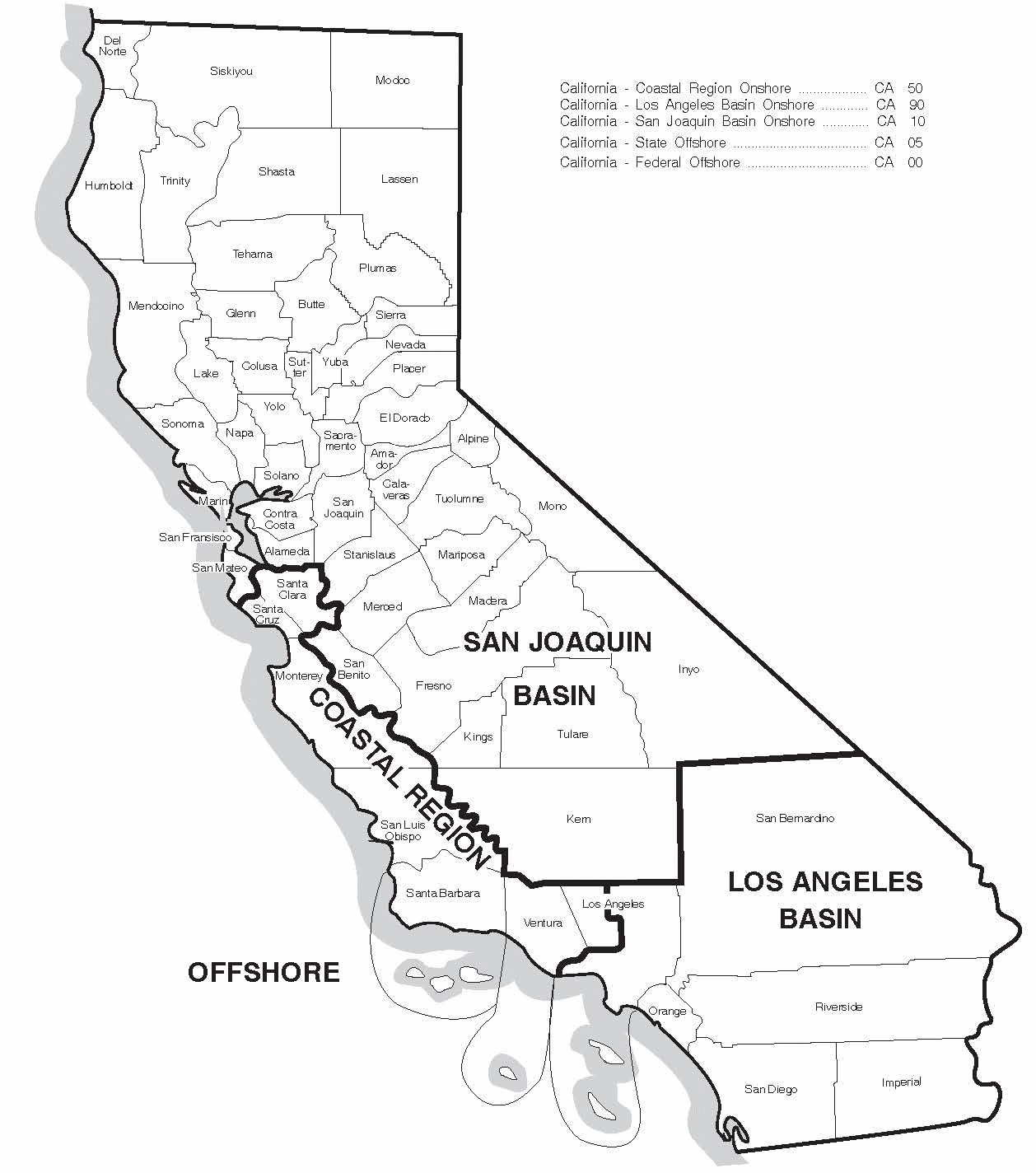
Source: Energy Information Administration, Office of Oil and Gas.
Subdivisions of California

Source: Energy Information Administration, Office of Oil and Gas
Subdivisions of Louisiana
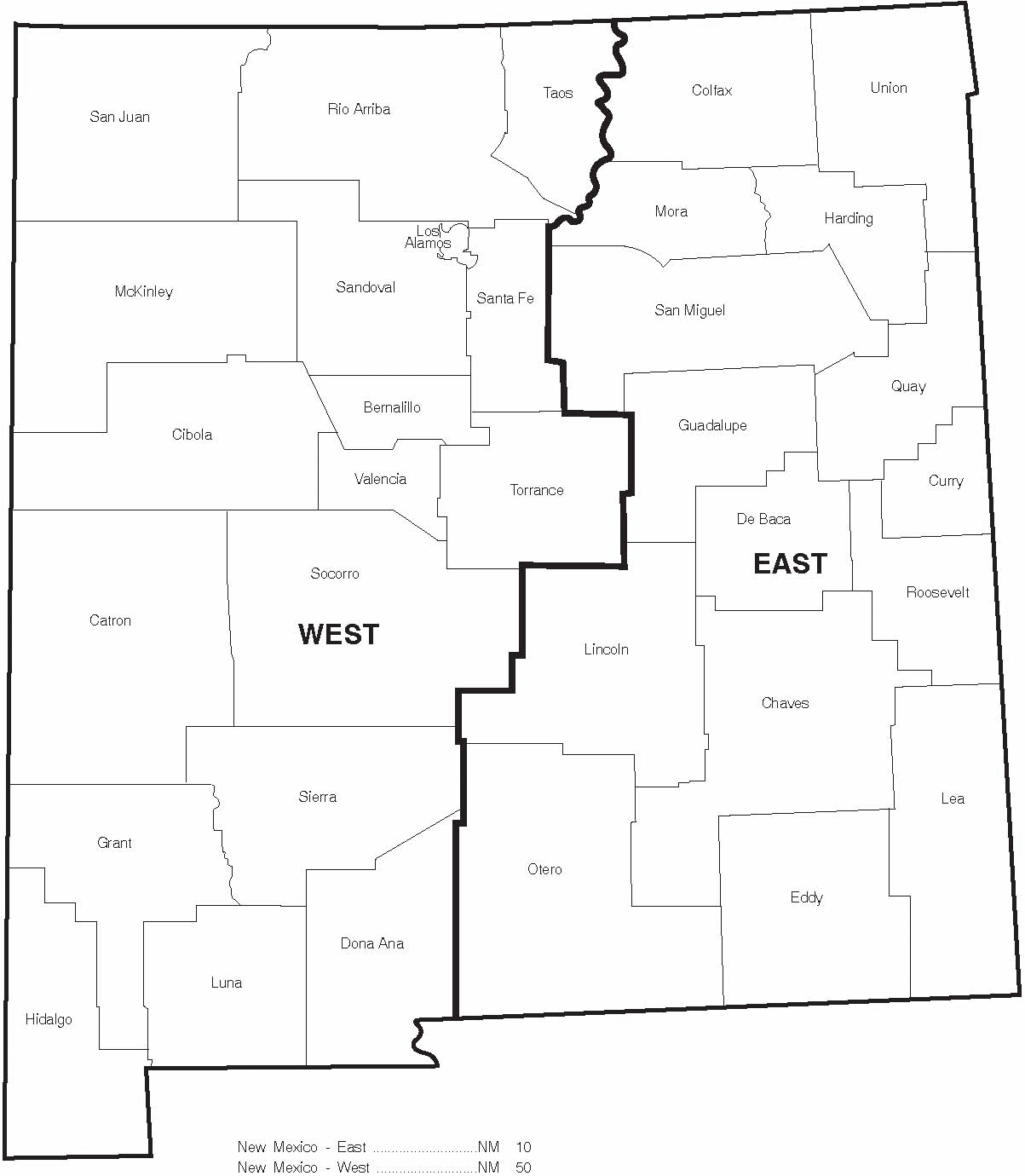
Source: Energy Information Administration, Office of Oil and Gas
Subdivisions of New Mexico
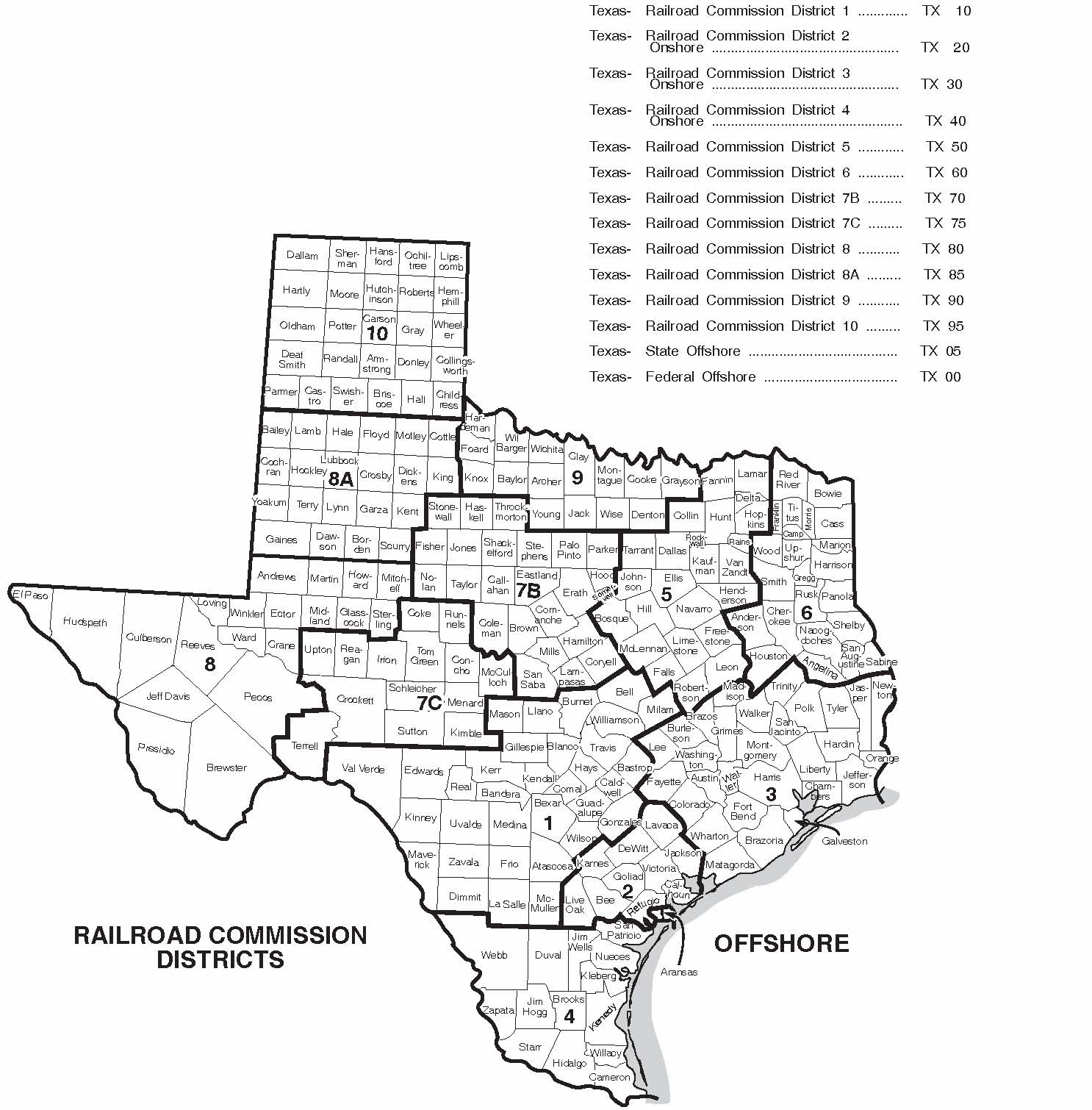
Subdivisions of Texas
Western Planning Area, Gulf of Mexico Outer Continental Shelf Region
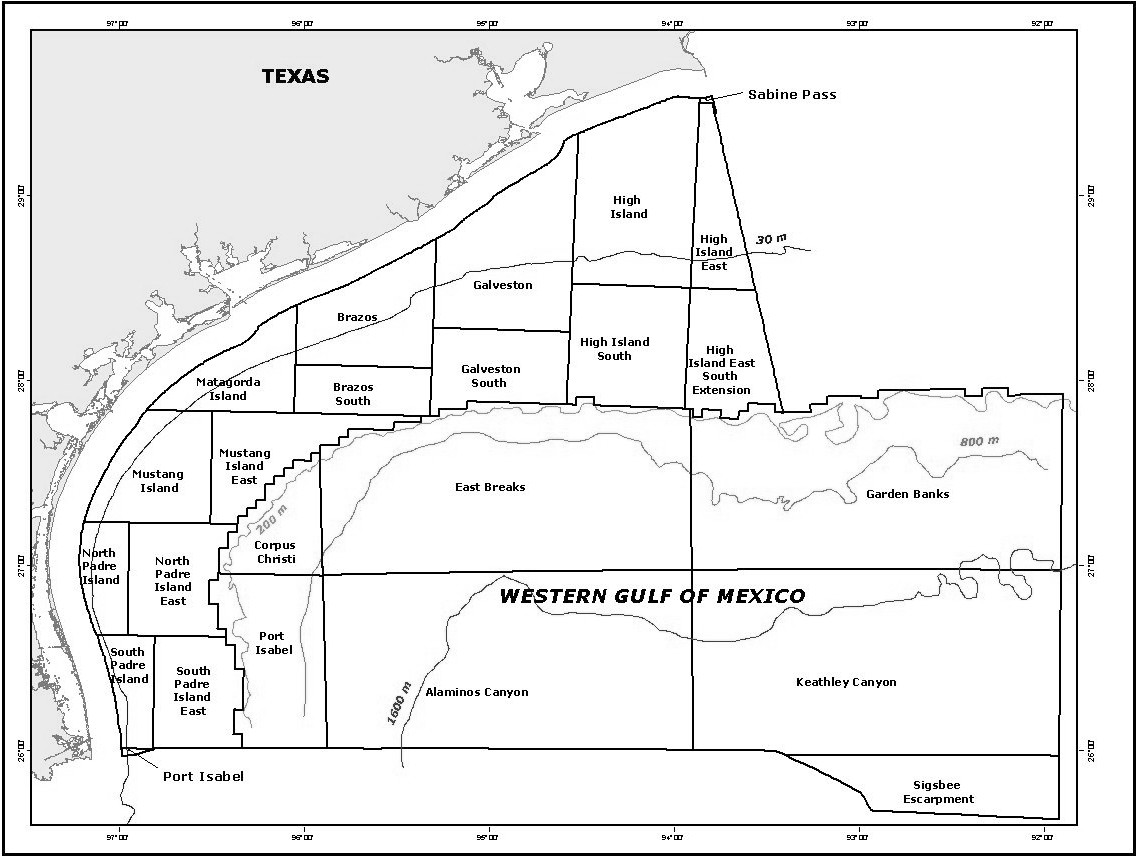
Source: After Minerals Management Service, U.S. Department of the Interior
Central Planning Area, Gulf of Mexico Outer Continental Shelf Region
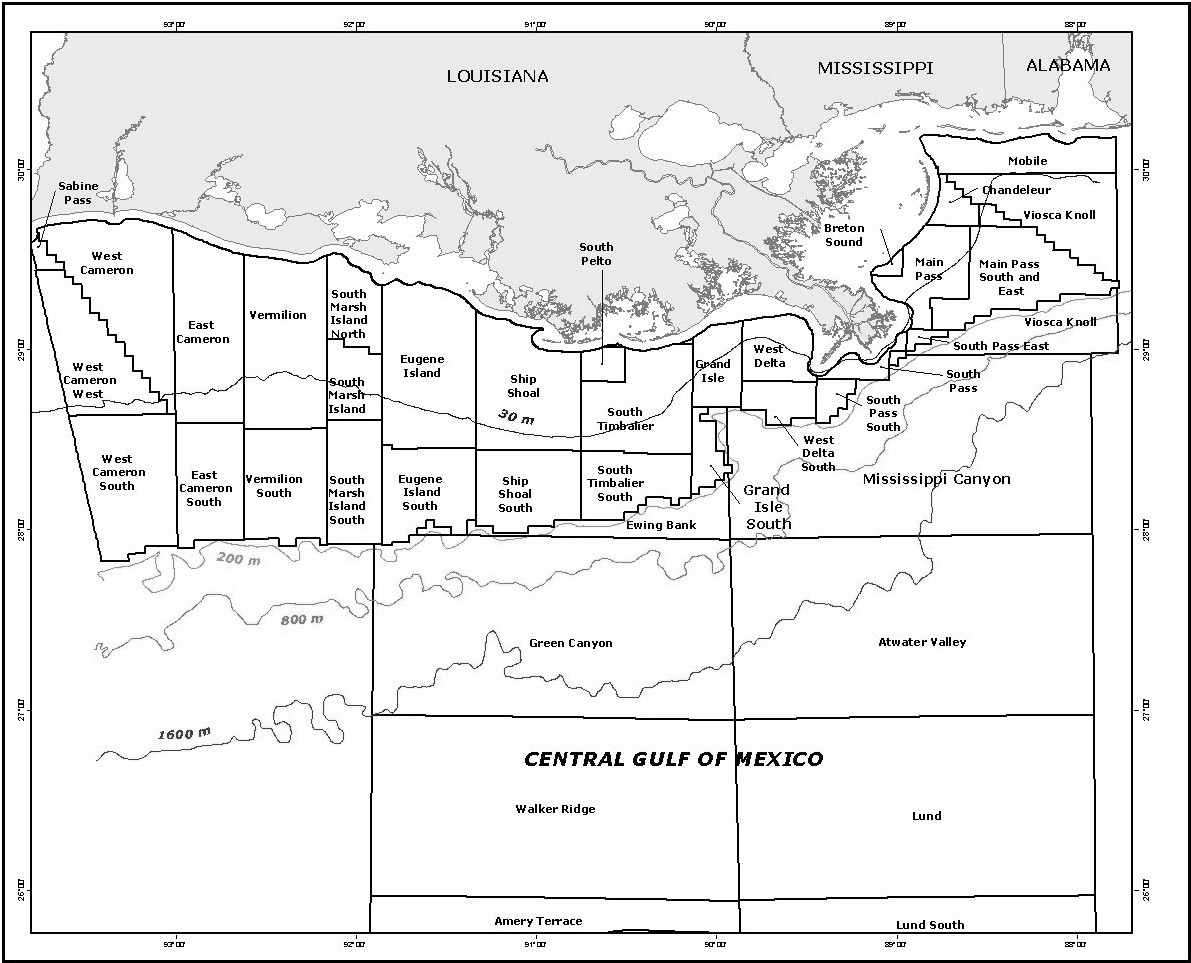
Source: After Minerals Management Service, U.S. Department of the Interior
Eastern Planning Area, Gulf of Mexico Outer Continental Shelf Region
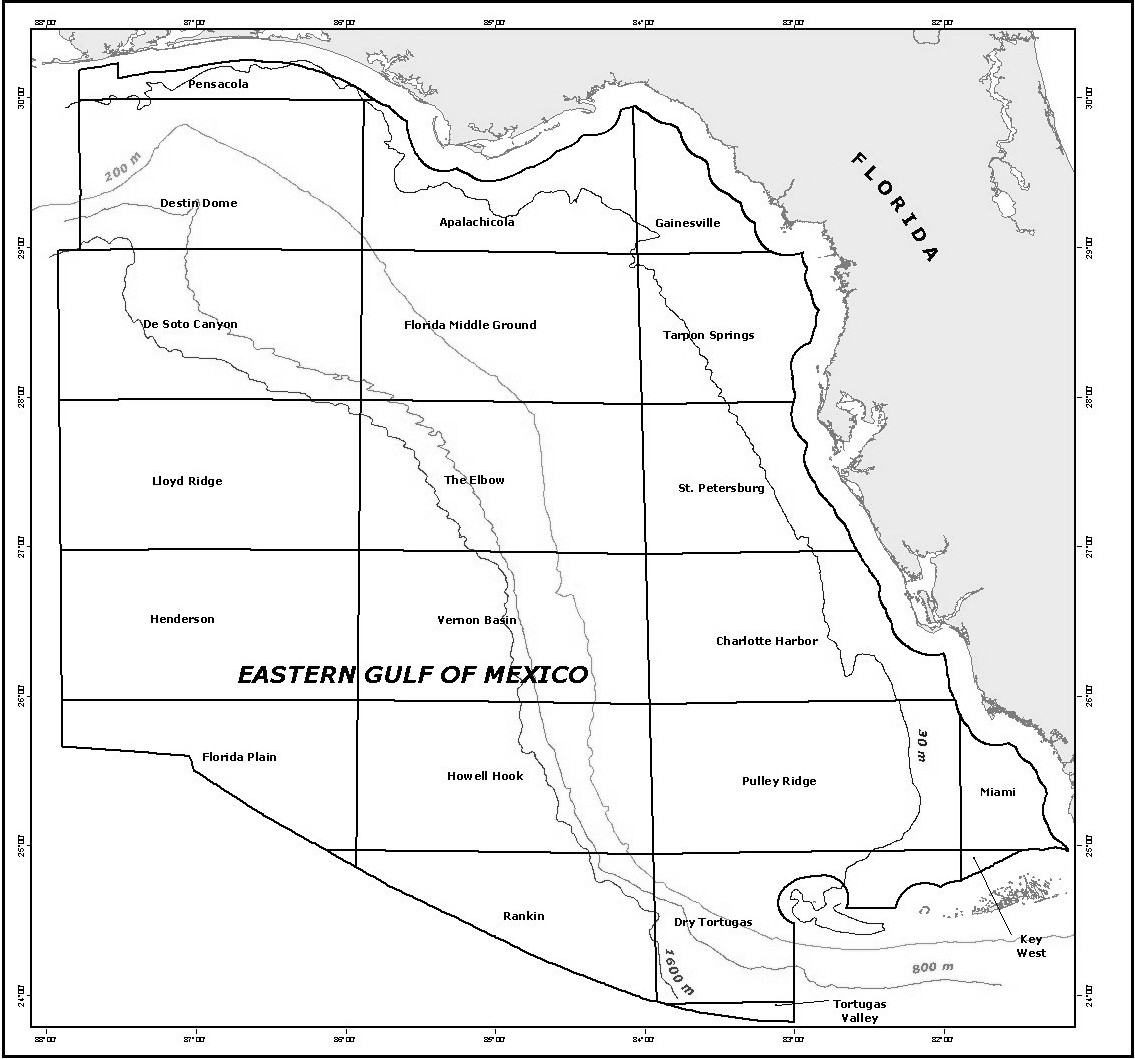
Source: After Minerals Management Service, U.S. Department of the Interior.
| File Type | application/msword |
| File Title | Ethan Frome |
| Author | EW/LN/CB |
| Last Modified By | EIA |
| File Modified | 2006-11-16 |
| File Created | 2006-11-16 |
© 2025 OMB.report | Privacy Policy